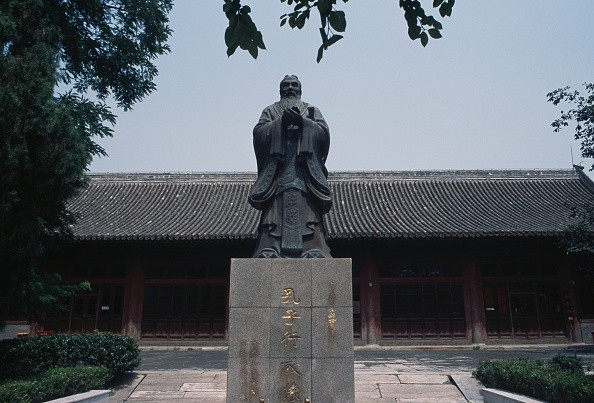Beijing’s city gates, which have been demolished a long time ago, are now available for the viewing pleasure of many Chinese and tourists thanks to augmented reality, the Xinhua News Agency reported.
Li Yangchao, a 34-year-old augment reality engineer at Baidu, worked with a group of more than 20 developers to come up with the virtual history lessons.
According to Li, he was inspired by his 4-year-old daughter Miduo, who, one day, asked why many of the stops on Beijing’s Subway Line Two have the word “gate” in their names.
The work on the augmented reality technology took Li and his co-workers to 13th-century Beijing, when the city had a total of 20 city gates designed to serve as passageways for the city’s different social classes.
In the 1960s, however, the city gates and old city wall were torn down to pave the way for the capital’s expansion and for the construction of new roads and subways. The only gate left is Zhengyangmen near the southern end of Tiananmen Square, according to Xinhua.
To help with the project, Li and his colleagues sought artists to paint pictures of the nine lost gates built during the Ming Dynasty. Subway commuters also joined the effort by scanning the pictures to give the developers a better, clearer picture of the areas where the gates once stood.
Li and his colleagues launched the augmented reality experience in December, much to the delight of commuters.
“It (augmented reality) helps people to learn about the city’s history and the changes made,” said Hu Daxin, deputy curator at the Beijing Planning Exhibition Hall, where the app is featured in one of the exhibits. “The more you learn, the stronger your sense of belonging.”
Although the project gained fans, other people criticized the augmented reality experience for allegedly providing inaccurate information, citing incorrect arches and angles and other structural mistakes.
To his defense, Li and his colleagues said they based their information on available works of art, thereby not guaranteeing complete accuracy, Xinhua reported.



























